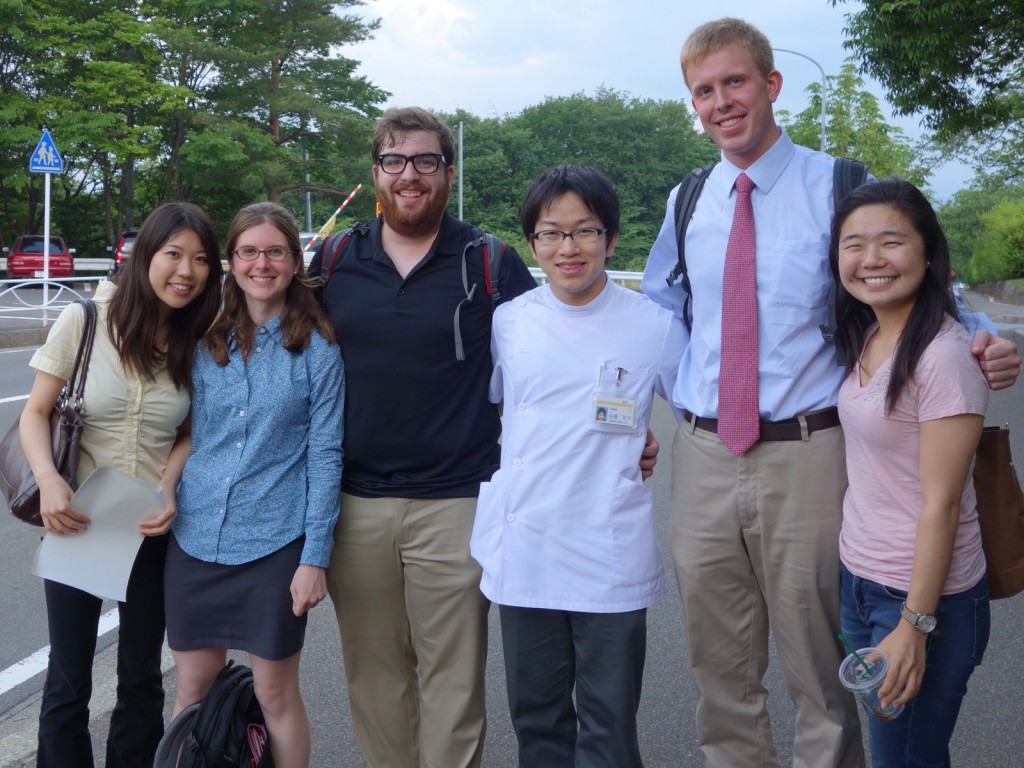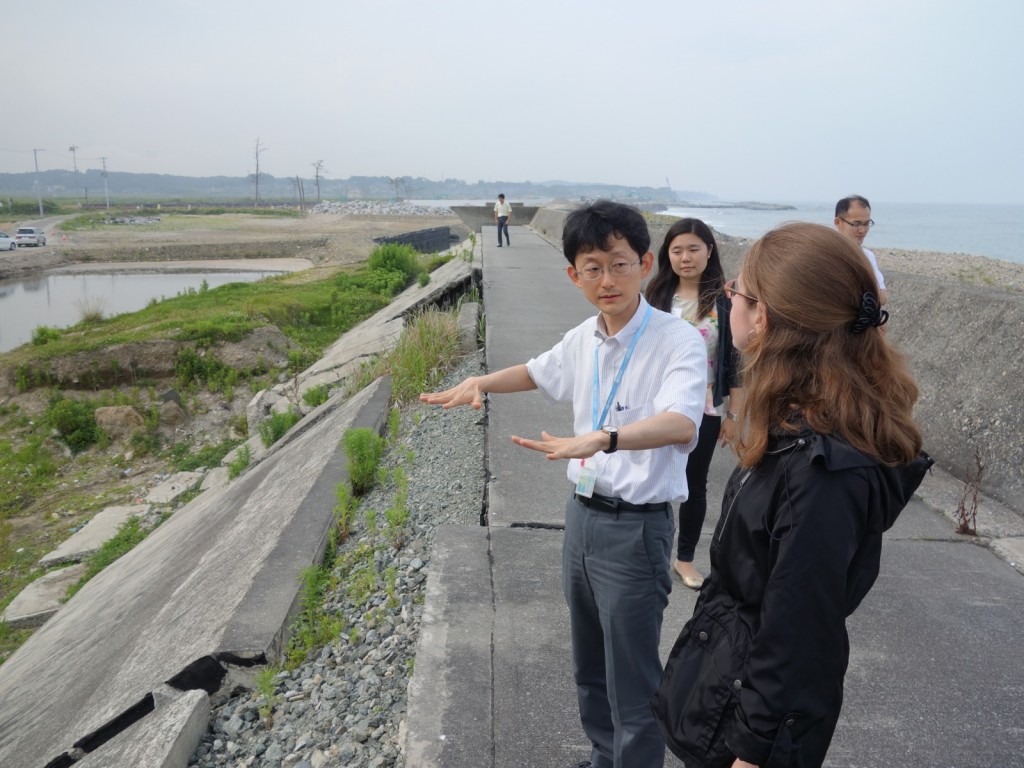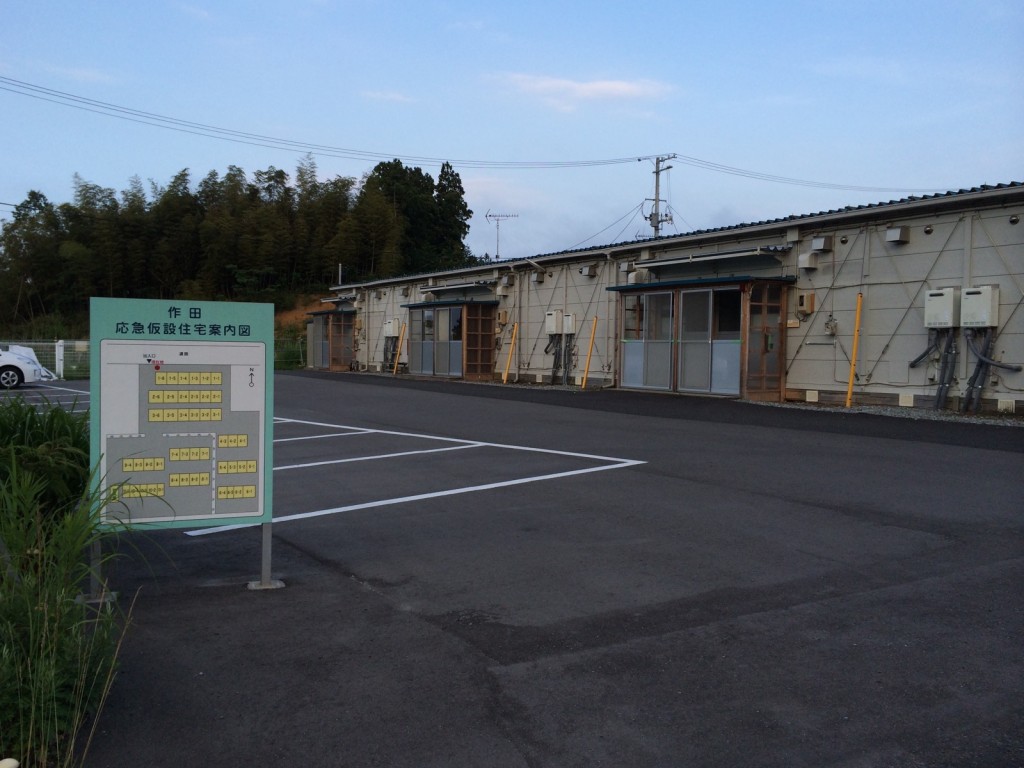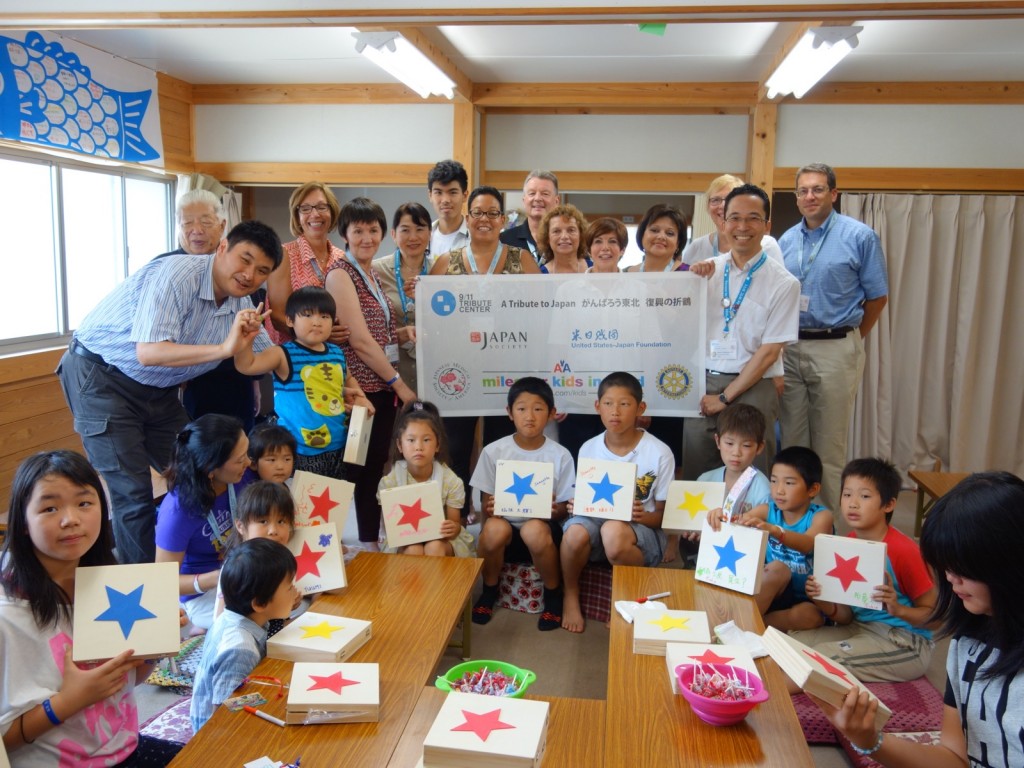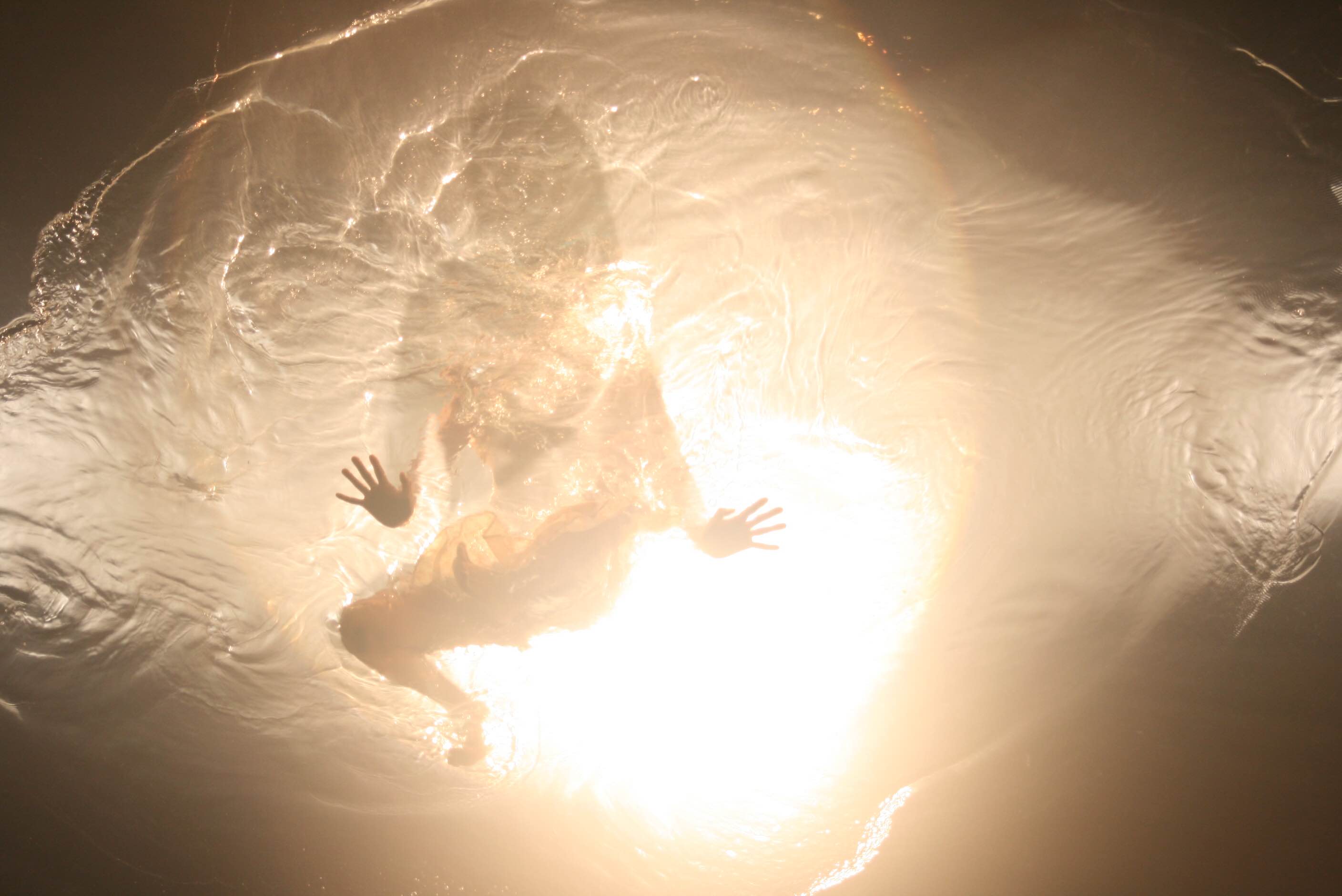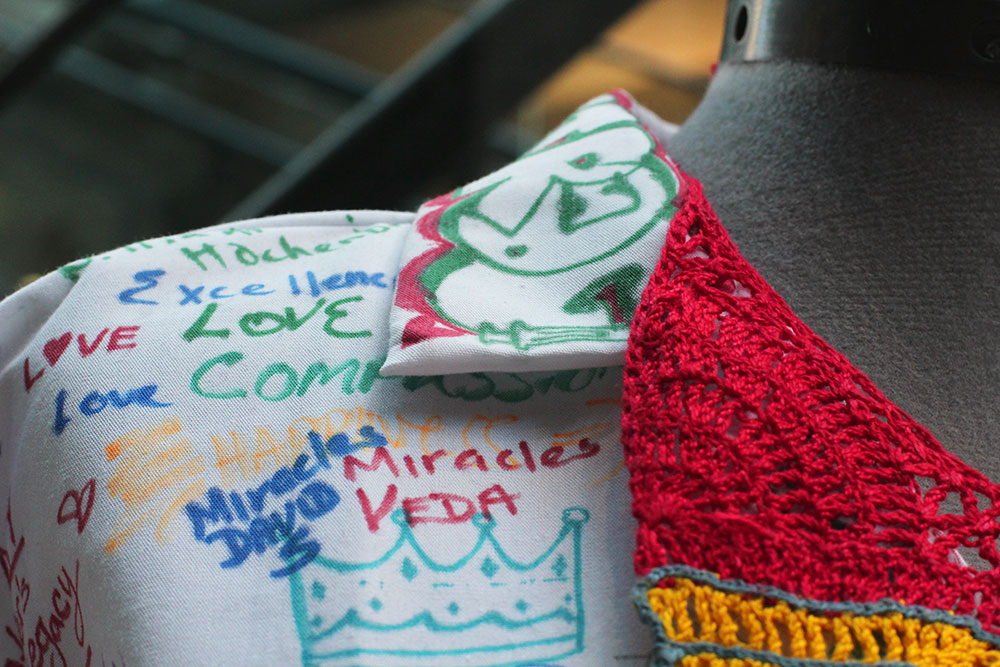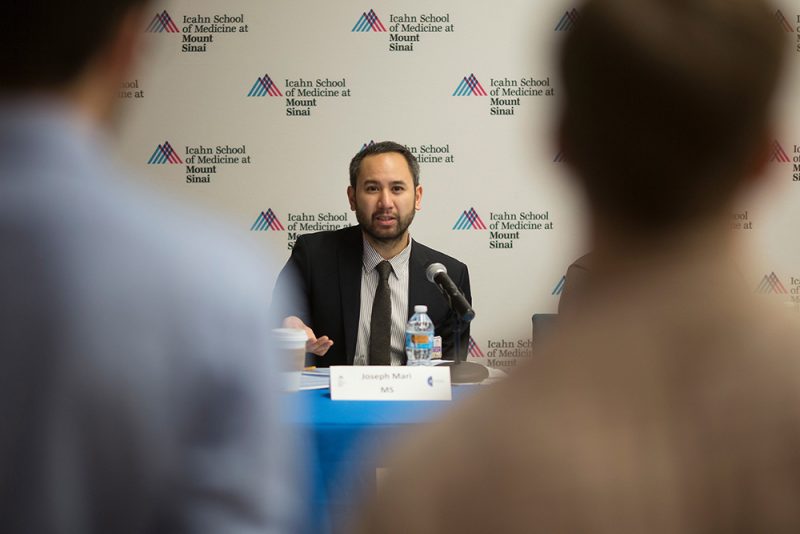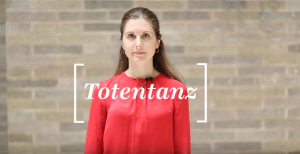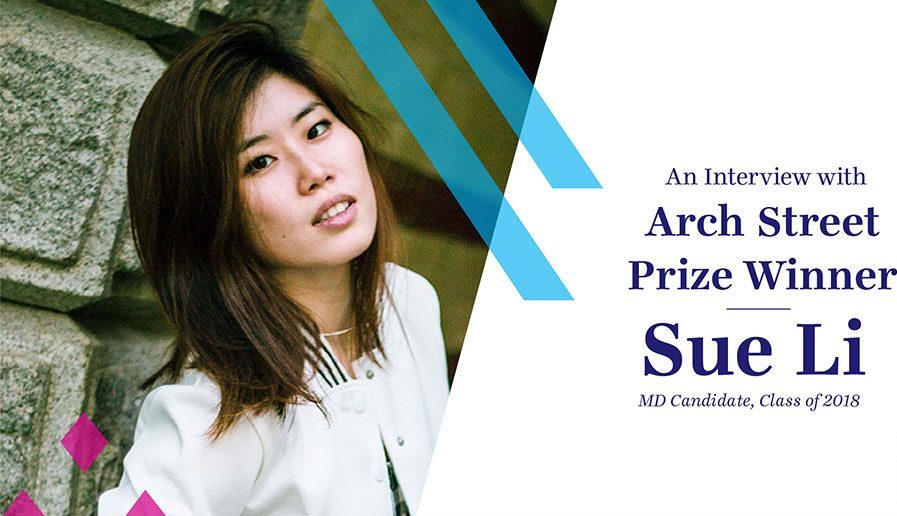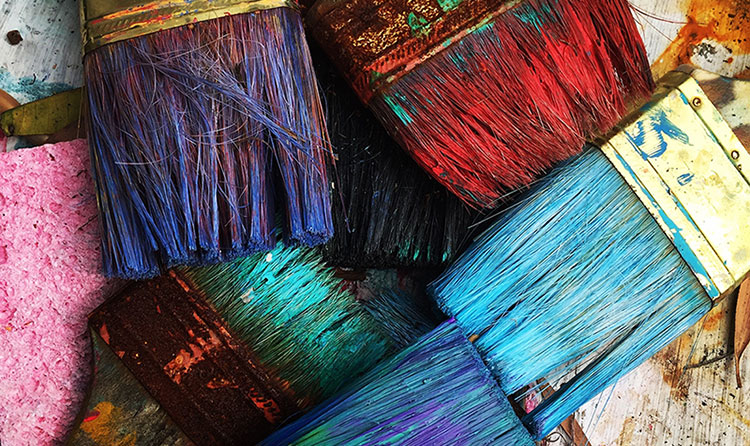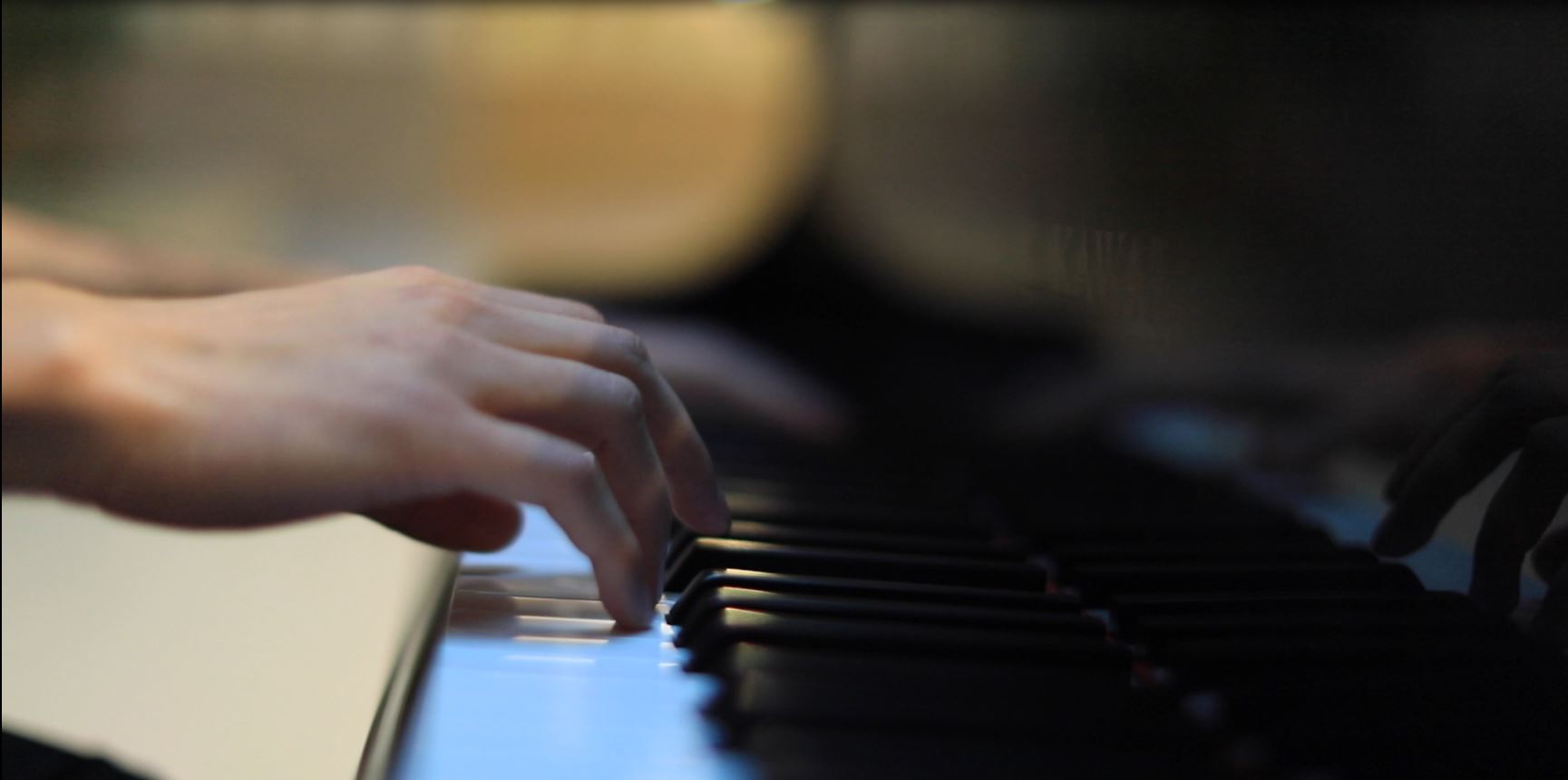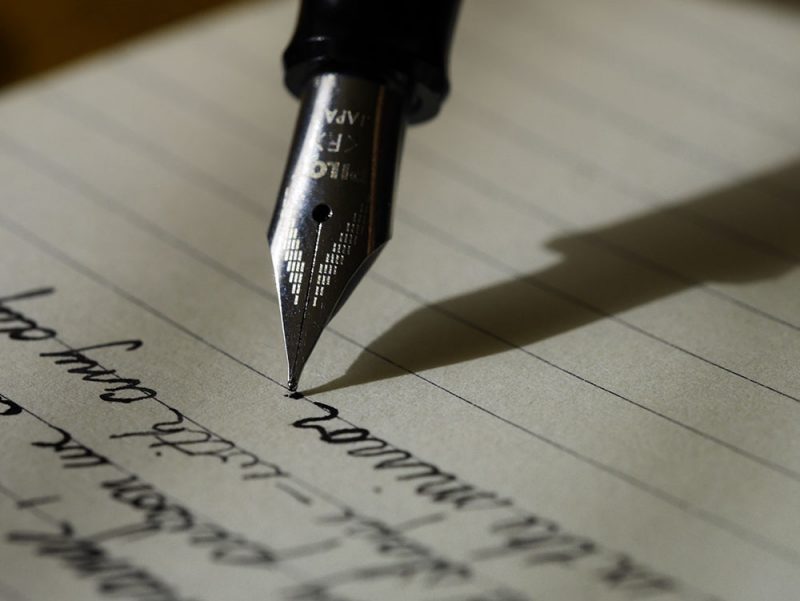I spent two months last summer doing research in Fukushima, Japan on a trip supported by the Arnhold Global Health Institute at Mount Sinai and Rotary International. Along with another Icahn School of Medicine at Mount Sinai medical student, I got an up-close look at the physical destruction and ongoing mental health challenges stemming from the March 2011 “triple disaster” (earthquake, tsunami, and nuclear accident). During a radiation and disaster medicine course at the beginning of the summer, we traveled to areas destroyed by the tsunami, visited temporary housing complexes and local health screenings, and learned about the science of radiation monitoring. At the end of the summer, we joined a group of American 9/11 survivors visiting northern Japan to share their stories of trauma and recovery.
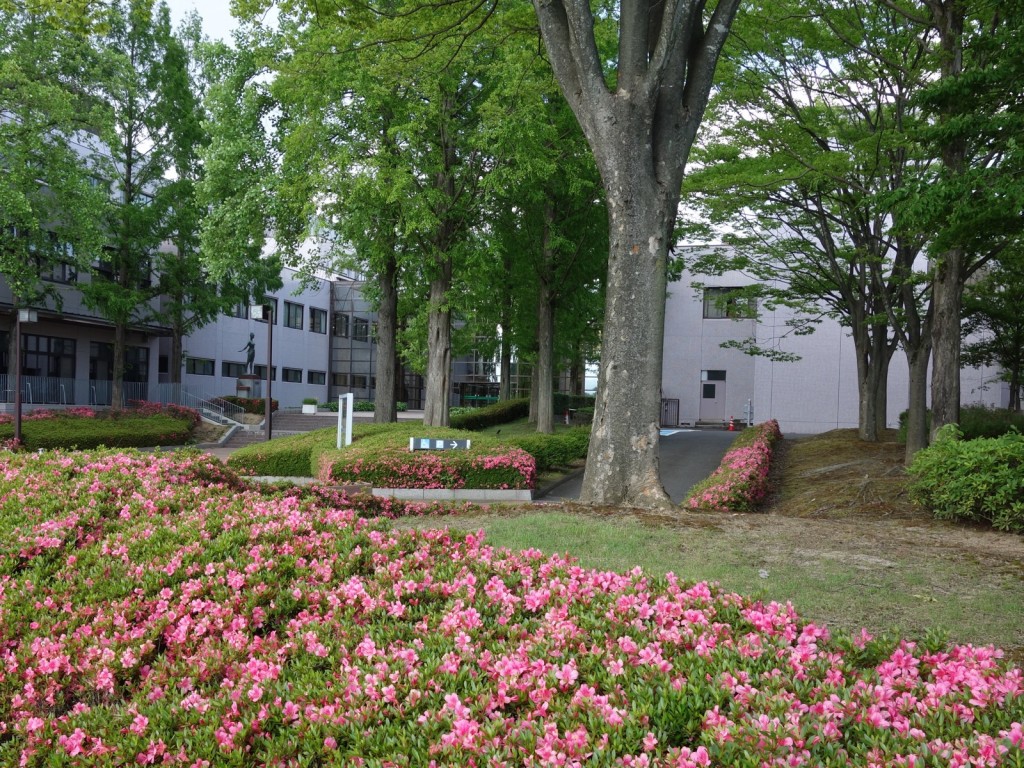
The bucolic campus of Fukushima Medical University in Fukushima City, less than 40 miles inland from the Daiichi nuclear power plant.
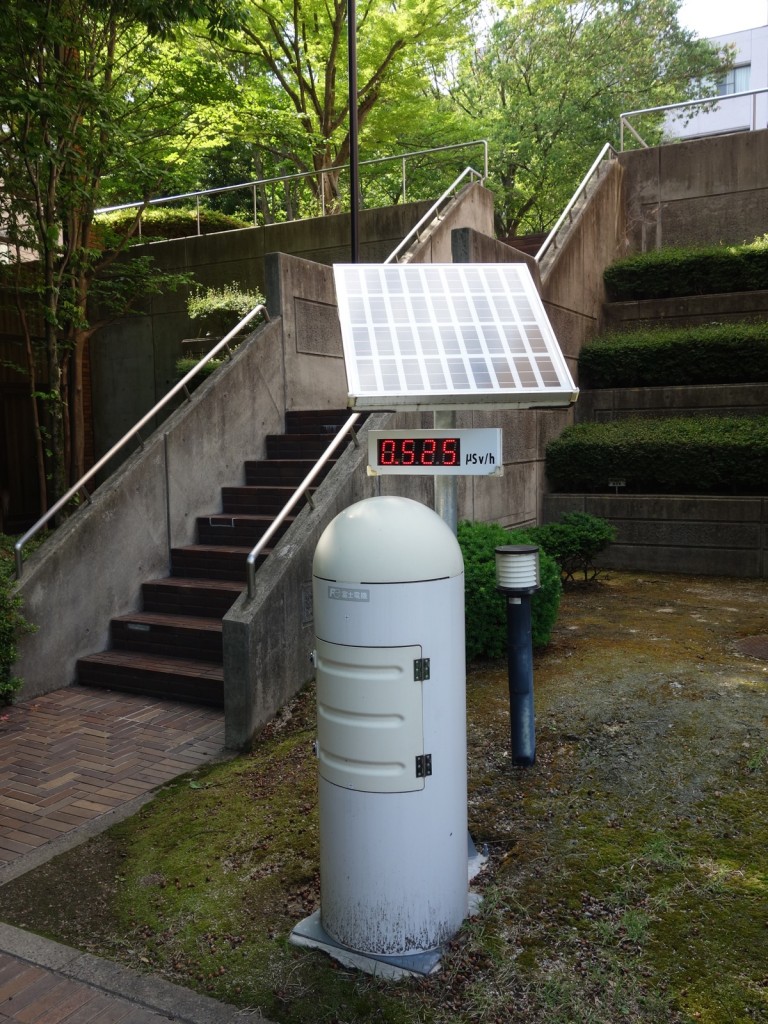
A radiation air dose monitor on the Fukushima Medical University campus. The prefectural government installed these monitors at many schools, universities, and day care centers after the March 2011 nuclear accident.
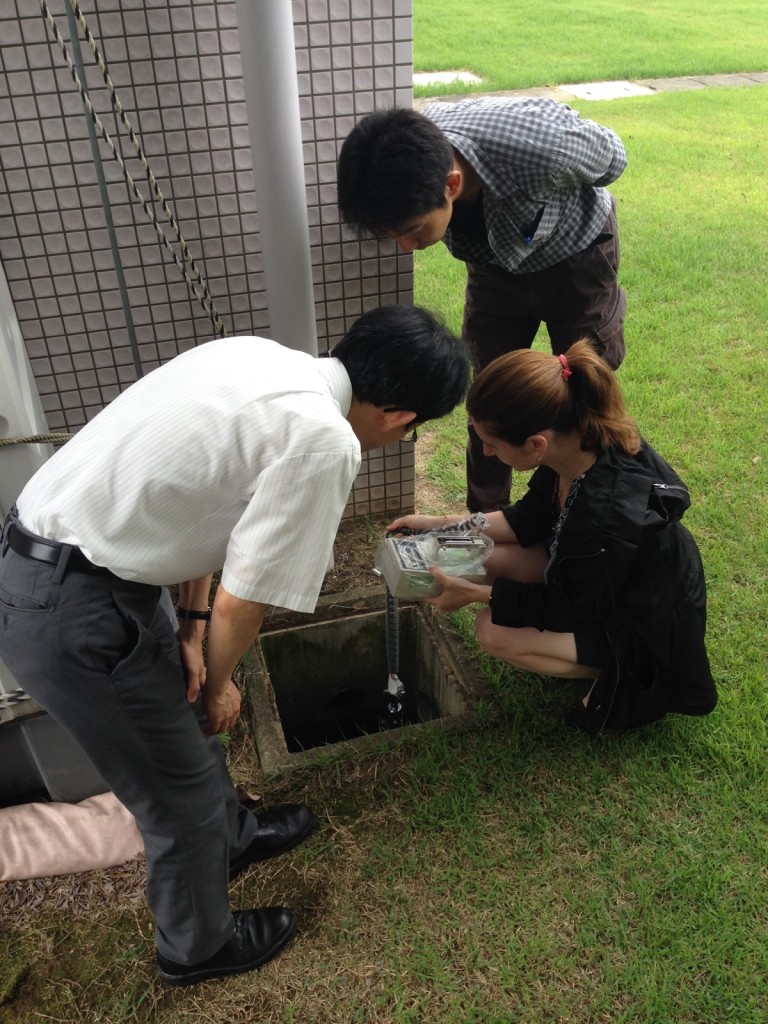
Higher air dose rates are found in drainage ditches, grates, gutters, and other areas when runoff tends to collect.
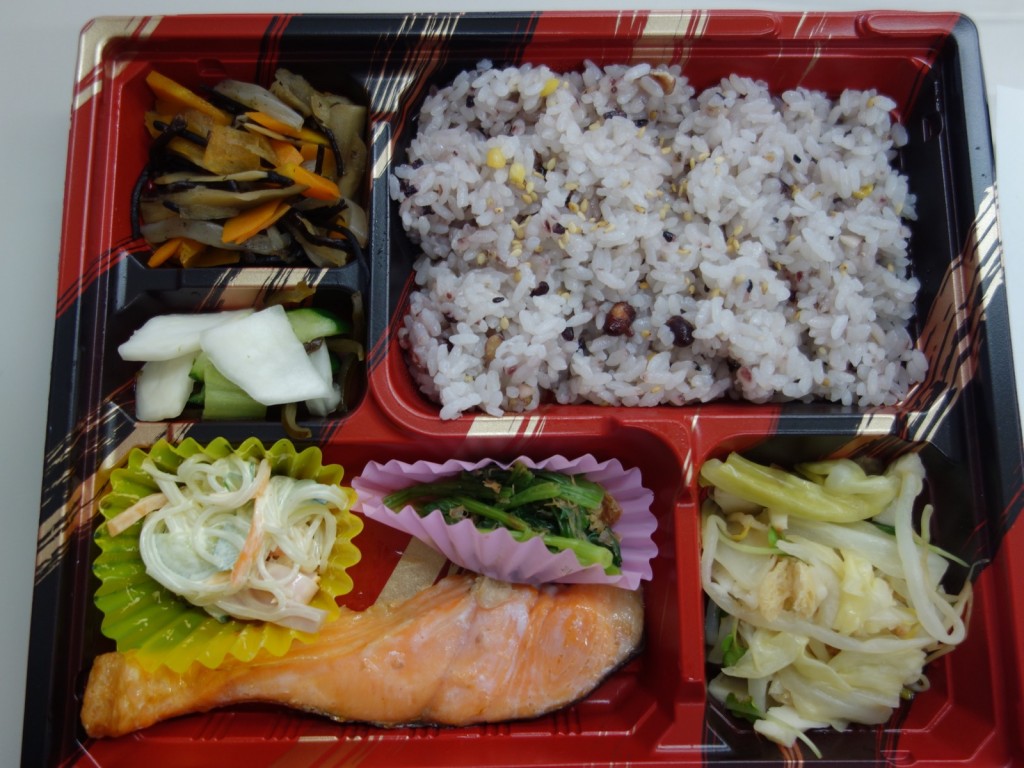
A typical Japanese bento box lunch. This one was packed by an organization which employs disaster evacuees.
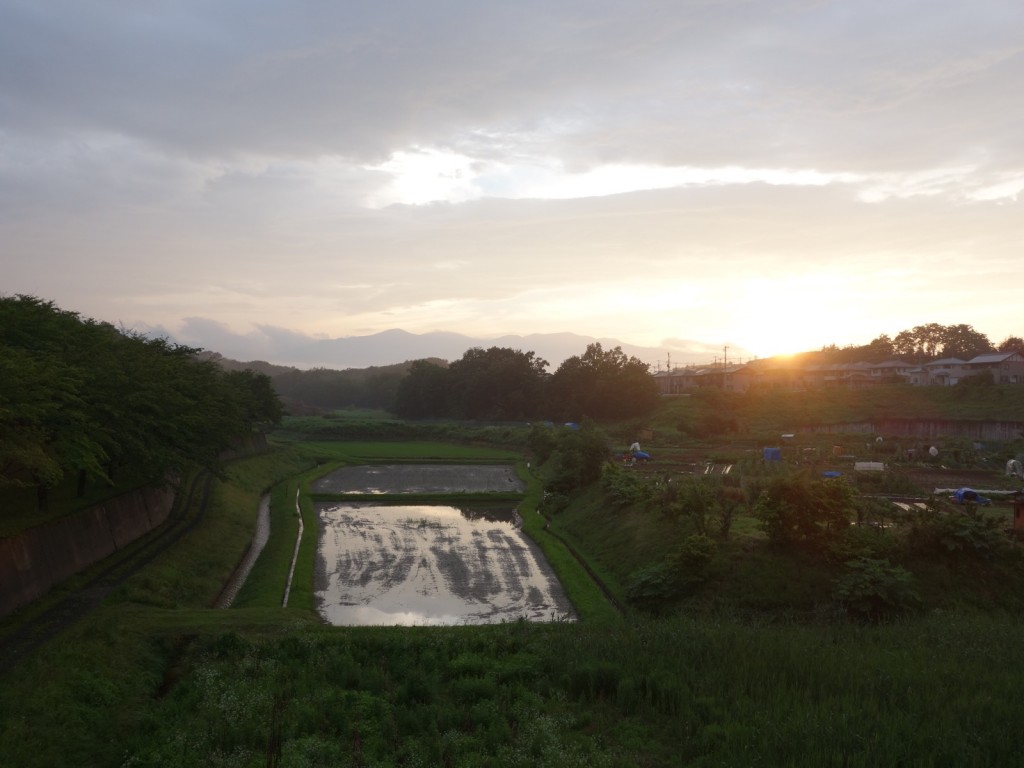
Rice paddies in Fukushima City. Food produced in Fukushima Prefecture is closely monitored and its radiation levels are virtually unmeasurable, but farmers struggle to have their products accepted by buyers throughout Japan who remain worried about safety.
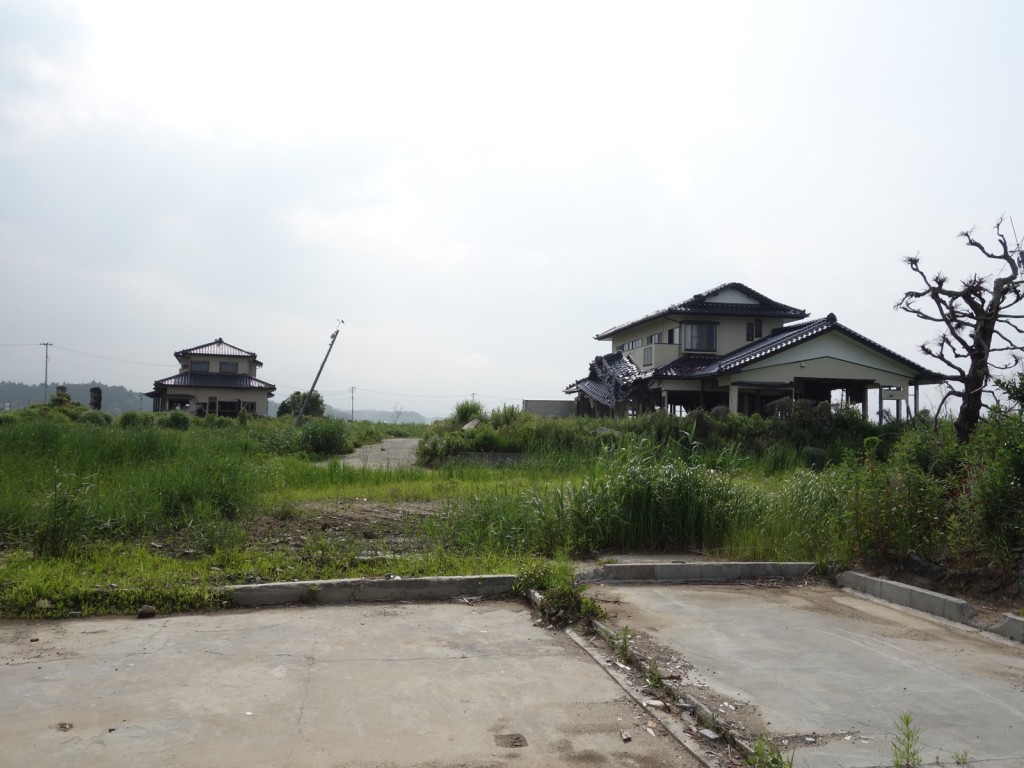
A tsunami-affected area in Minamisoma, Fukushima Prefecture. Structures on the coastline were completely wiped out; these houses, about half a mile inland, had only their ground floors destroyed. The tsunami was over 40 feet high in this part of Fukushima Prefecture and even bigger in other areas.
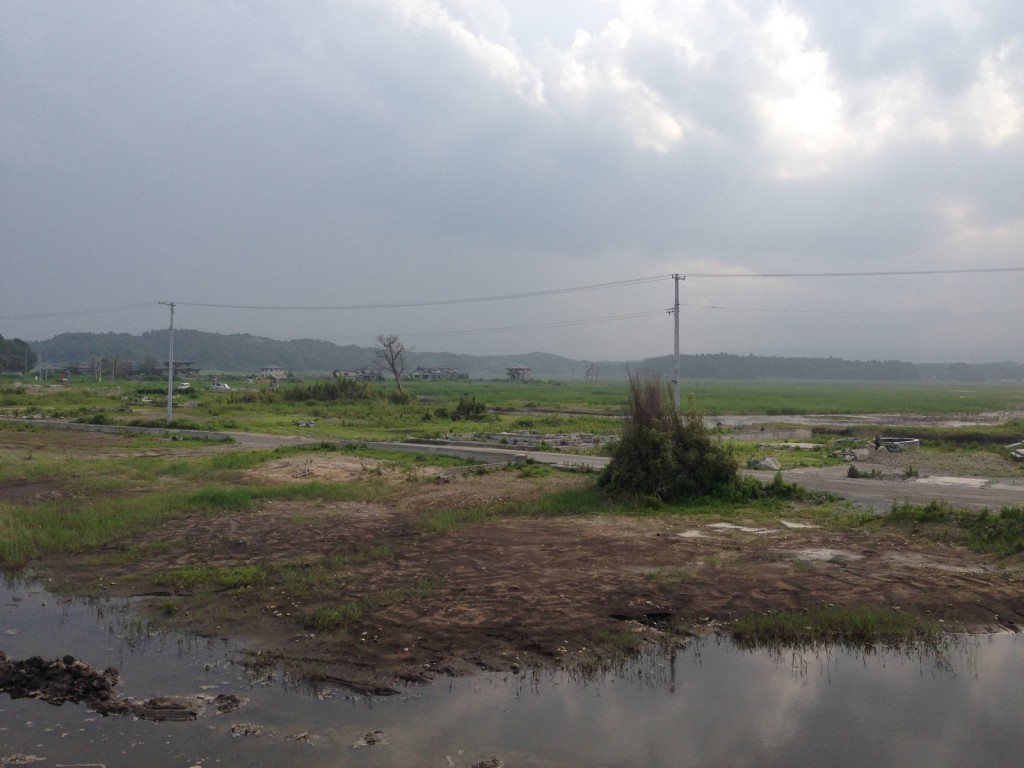
Foundations are all that was left after the tsunami. The prefectural government rebuilt the road and utility poles, but this area is close to the nuclear power plant and residents are not yet able to return.
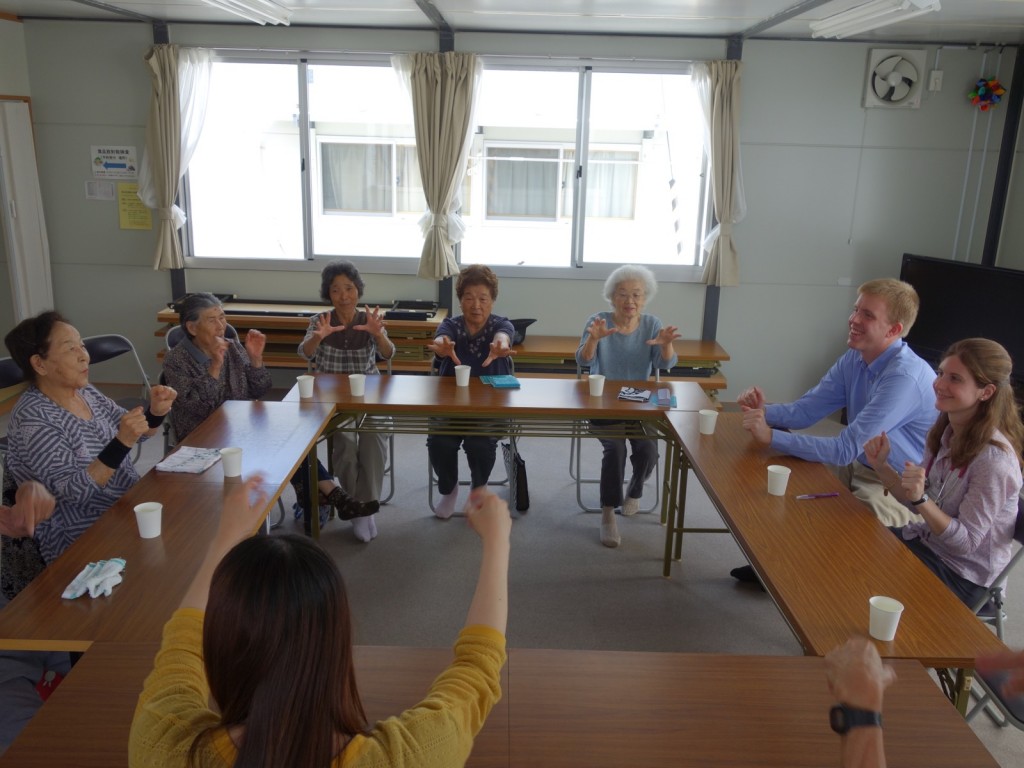
A mental health outreach organization conducts “salons” with elderly evacuees to provide a chance to socialize, measure blood pressures, teach relaxation techniques, and check in on mental well-being.
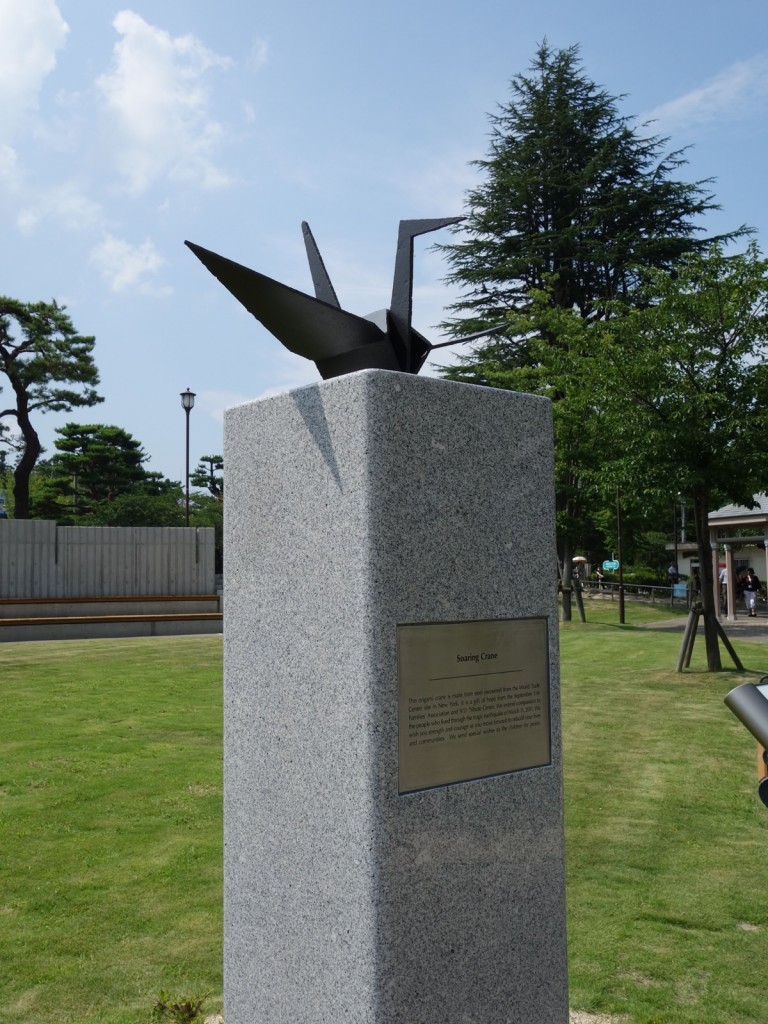
In 2012, representatives from the 9/11 Tribute Center in New York donated a crane sculpture made of recovered World Trade Center steel as one of the first international monuments to 3/11. The steel crane was unveiled during an outreach trip in which 9/11 survivors met with Japanese residents affected by 3/11 to demonstrate support and share their stories of recovery and personal growth.

